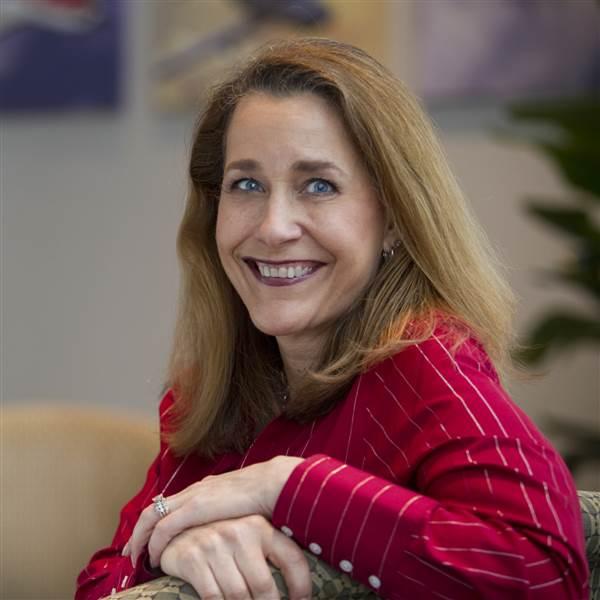Later, we obtain a higher level of certificate-recreational pilot or private pilot-by successfully passing the FAA-mandated written, oral, and practical tests. Holding a private pilot certificate essentially allows us to command an aircraft without the supervision of a flight instructor, and it allows us to carry passengers so we can share the fun of flying with our friends and family. As private pilots, we may also share some of the expenses with our passengers. However, as a general rule, a private pilot may not carry paying passengers and may not be compensated for piloting an aircraft.
Many private pilots go on to obtain still higher levels of certificates, including a commercial pilot certificate. You may choose to do this for many reasons. You may want to make aviation a career, or you may simply want to add to or improve on your piloting skills without ever intending to fly commercially. So, what are the privileges and limitations afforded by this certificate?
Part 61.133 of the federal aviation regulations (FARs) is titled "Commercial Pilot Privileges and Limitations," and section (a)(1) states that a person who holds a commercial pilot certificate may act as pilot in command of an aircraft:
- (i) Carrying persons or property for compensation or hire...; and
- (ii) For compensation or hire....
Simply interpreted, this regulation specifies that a pilot holding a commercial pilot certificate can be paid to fly an aircraft, just as the name of the certificate implies. Thus, this regulation and the other operational requirements in the regulations con- tained in Parts 61 and 91, which we have learned and are most familiar with, seem to suggest that, with a commercial pilot certificate, we can begin carrying persons and cargo for compensation. But our review of the applicable regulations cannot stop there, as there is another part of the FARs that applies to commercial operations and clearly limits the scope of the exercise of commercial pilot privileges beyond what is suggested by FAR 61.133.
FAR Part 119 governs commercial flight operations, and it requires that a person hold an air carrier or operating certificate in order to conduct flights for compensation or hire. This is over and above any qualifications the pilot must have to fly the aircraft. There are a few limited exceptions, such as student instruction and banner towing. Depending on the type and size of the operation, Part 119 directs the person to the regulatory requirements of Part 135 or Part 121, which exceed the operational and paperwork requirements that are typically called for in Part 91 or Part 61.
Pairing FAR 61.133 with FAR Part 119, it becomes clear that a commercial pilot certificate entitles the pilot to get paid for being in command of an aircraft that is being operated for compensation or hire. However, it does not necessarily authorize that pilot to put the operation together and, thus, become the commercial operator.
It is important, therefore, to understand that while the name and the obvious privileges of a certificate imply the scope of the limitations imposed on the exercise of that certificate, there may be more limitations imposed elsewhere in the regulations. In many cases, it is for our own protection that we must refrain from reading the regulations too literally and too restrictively.



